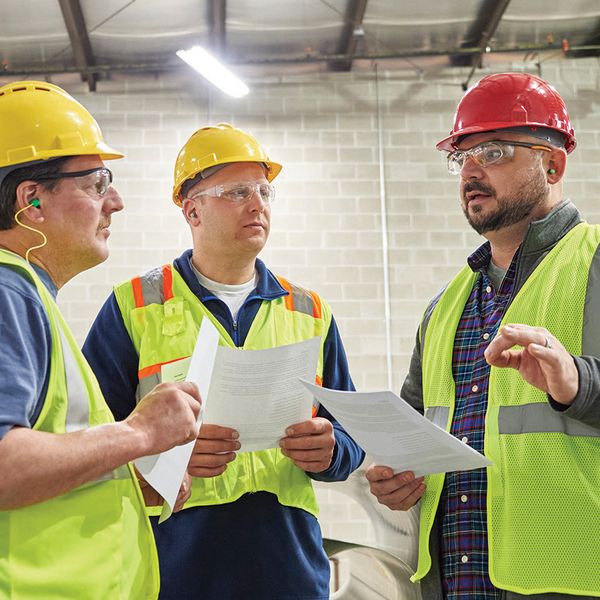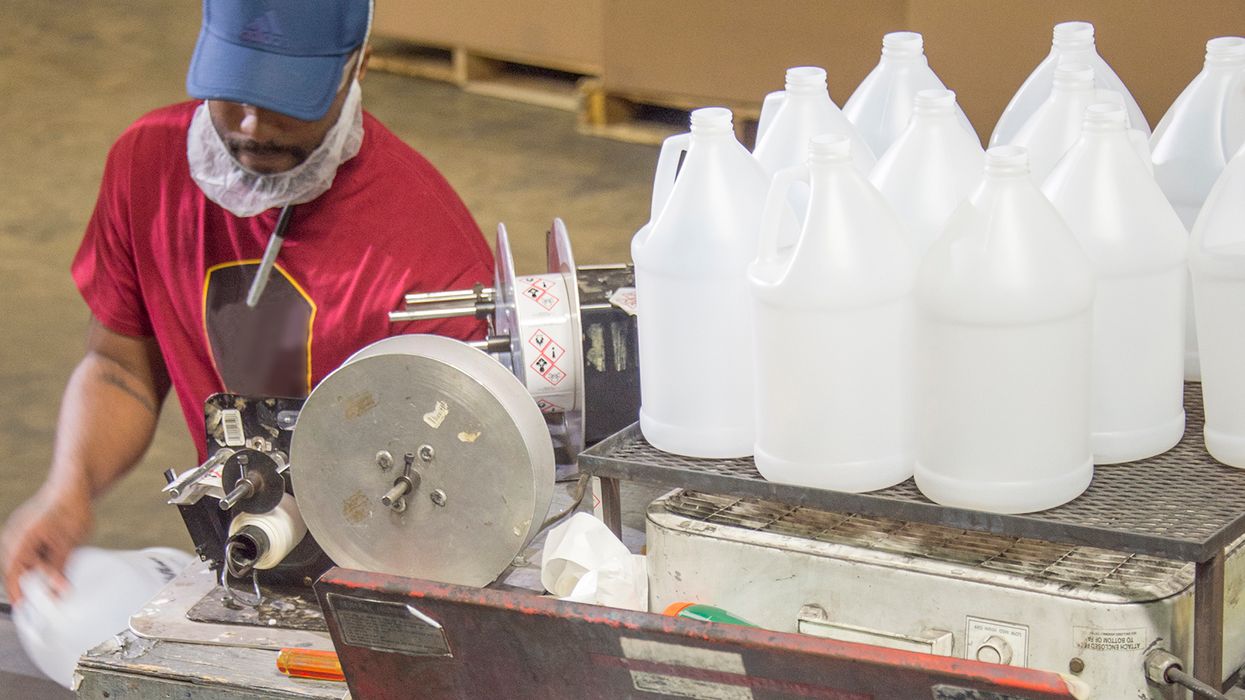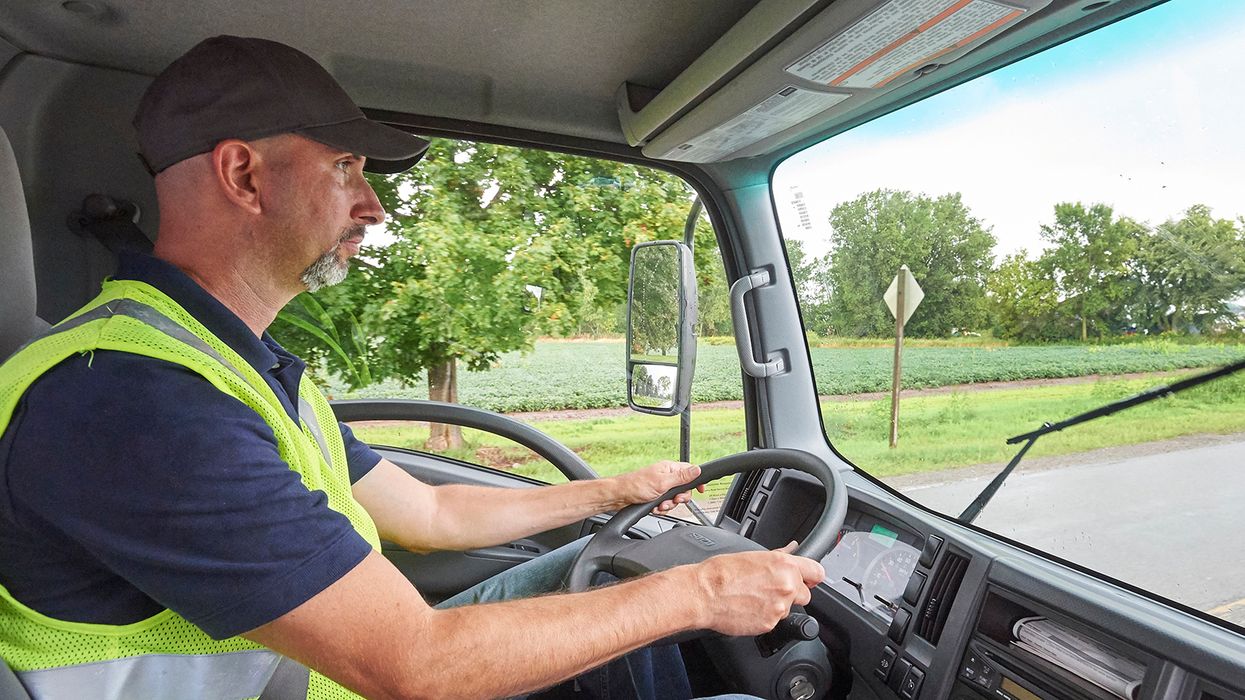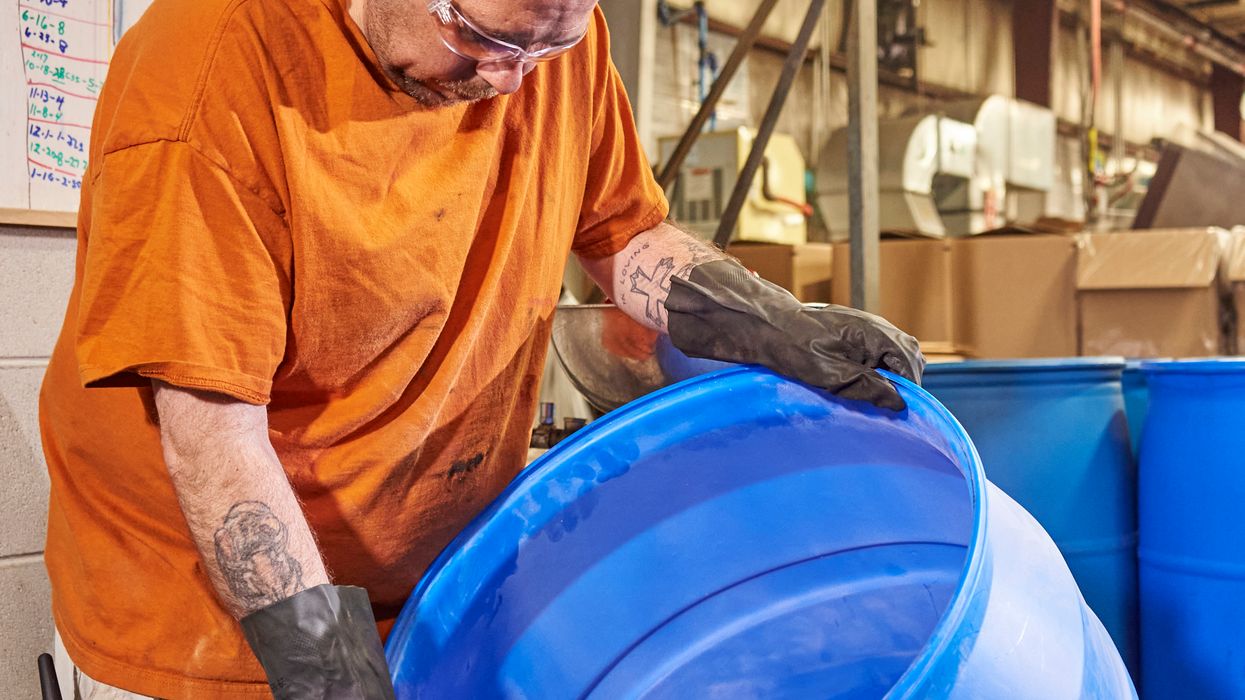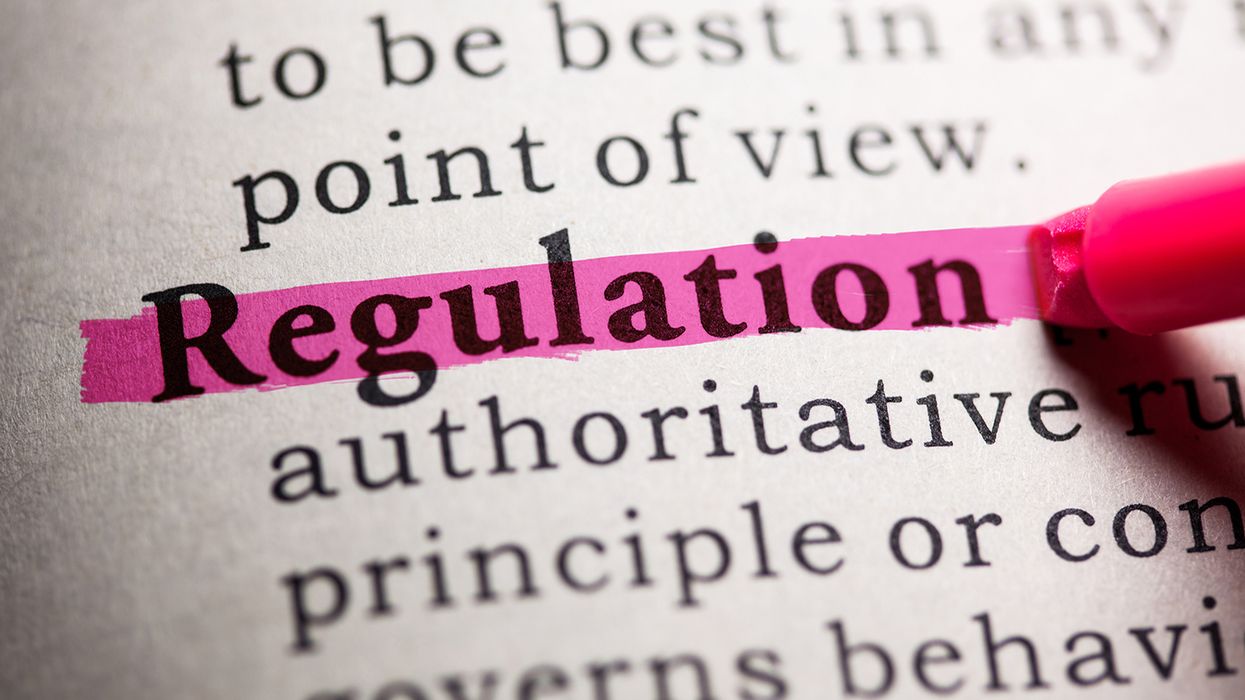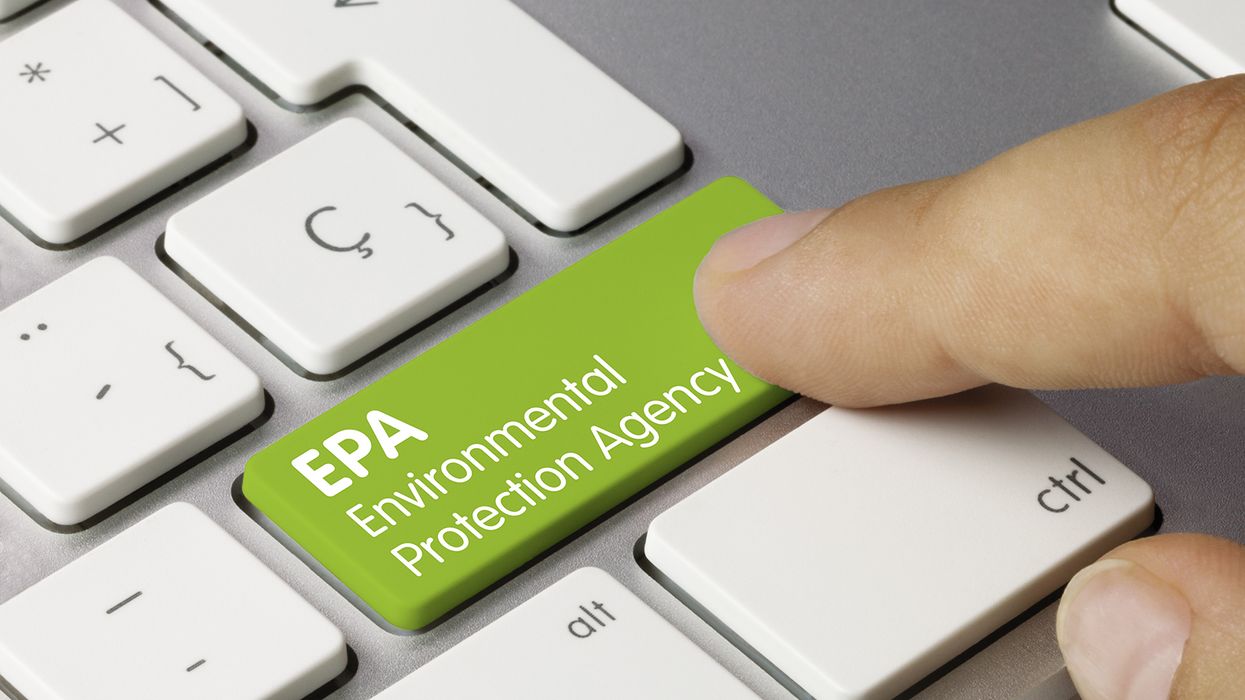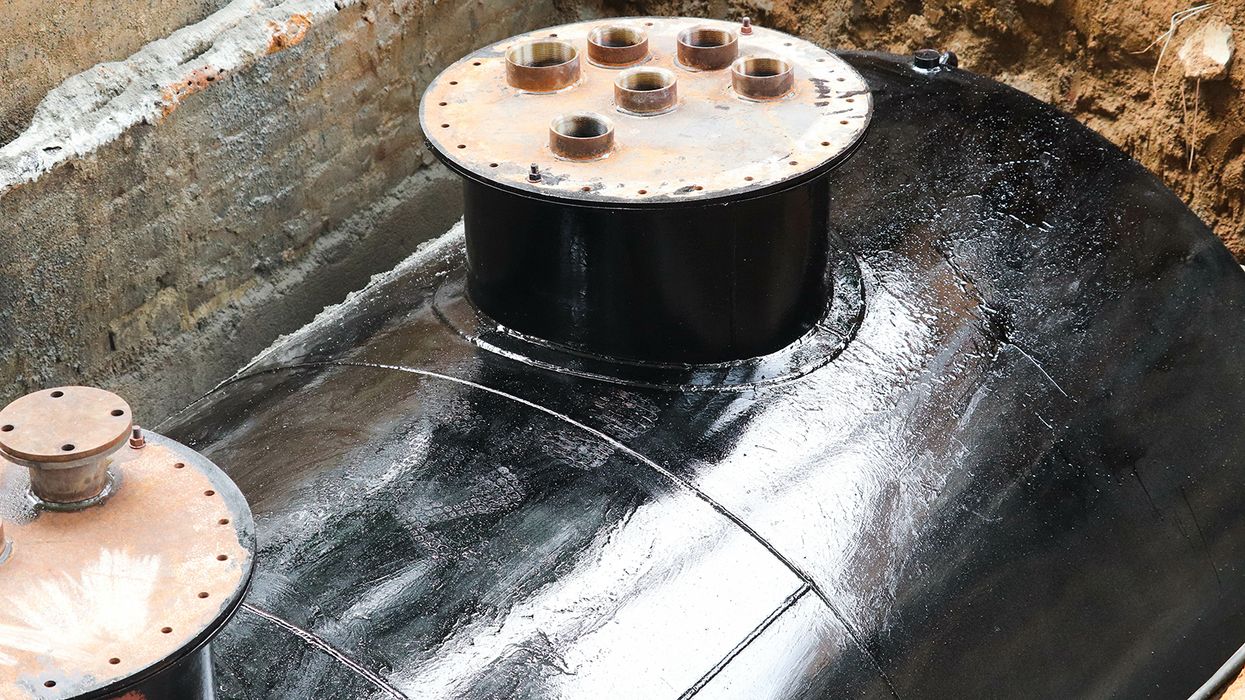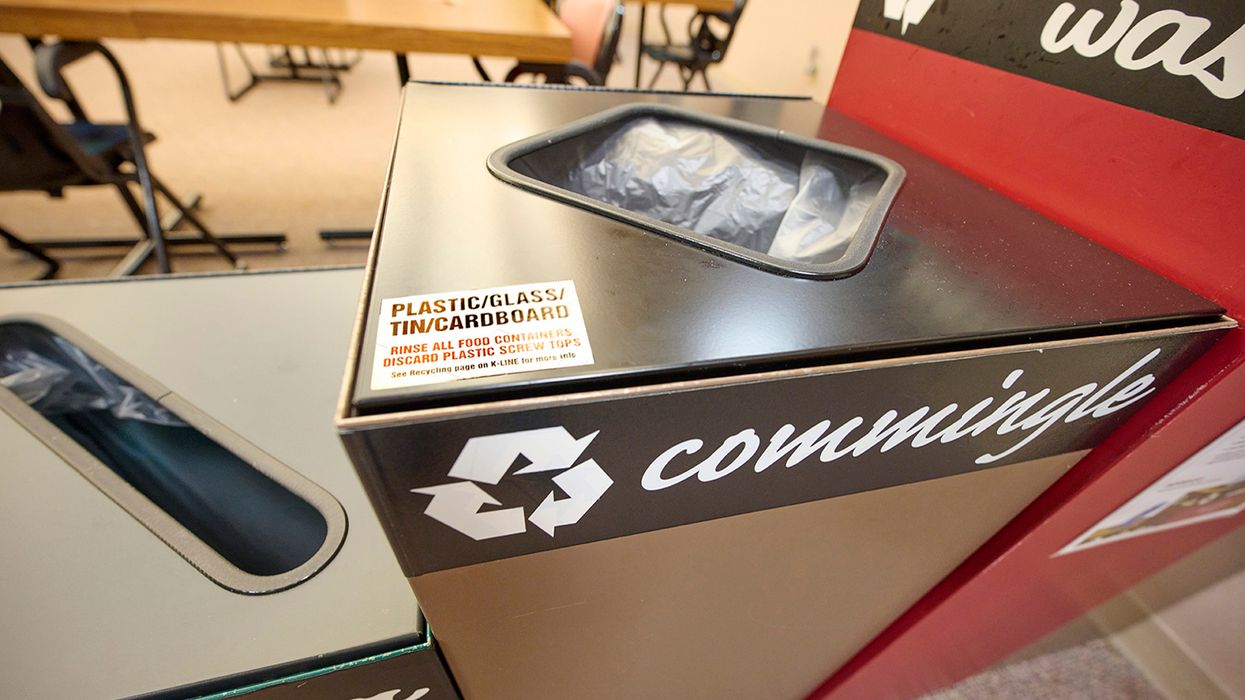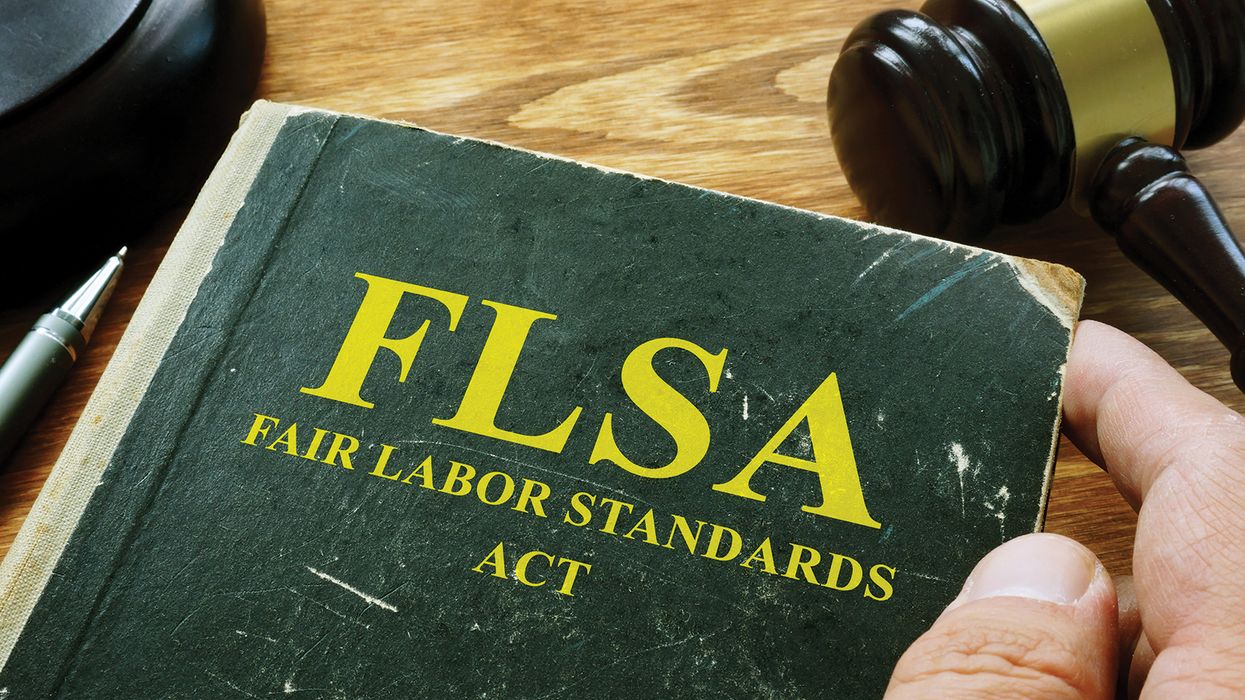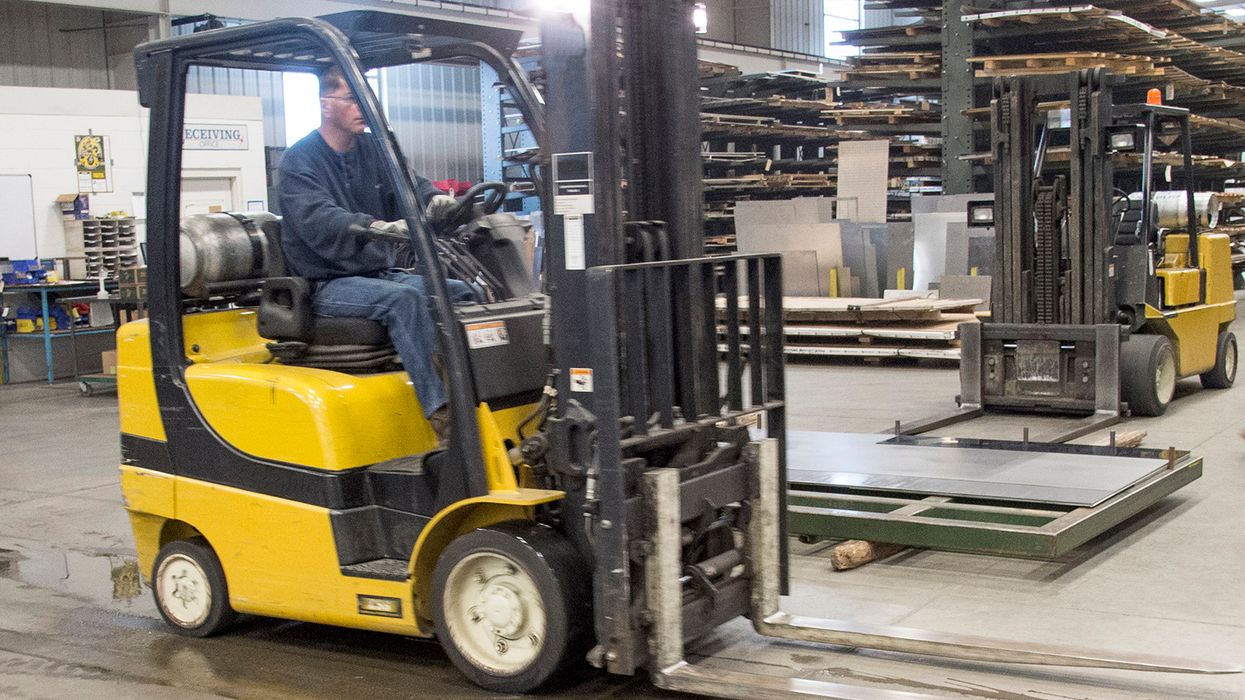Survey finds most safety professionals do NOT measure carbon footprint
An October 2022 Environmental & Sustainability Survey by J.J. Keller of nearly 200 safety professionals found that of those who have sustainability responsibilities at their organization, 66 percent do NOT measure their carbon footprint. A carbon footprint measures the impact human actions have on the environment in terms of carbon pollution produced. The idea is that the lower the company footprint, the less harmful the company’s impact is on the environment.
J.J. Keller’s survey also found that of the respondents that measure their carbon footprint, 81 percent measure scope level 1, 49 percent measure scope level 2, and only 23 percent measure scope level 3.
The three scopes of greenhouse gas emissions are outlined as follows:
- Scope 1 covers emissions generated by the organization. This is usually the first to be measured and targeted for reduction.
- Scope 2 includes indirect emissions from the generation of purchased energy sources (electricity, steam, heating, and cooling).
- Scope 3 consists of emissions outside the boundaries of operational control of a facility. It is a catchall for all other indirect emissions.
While looking at the explanations of each scope, it’s clear that Scope 3 is a more difficult Scope to measure and track than the other two. This in part explains why most of the respondents don’t even bother with the complexity of it! Important to note though is that over half of greenhouse gas emissions (carbon pollution) come from transportation (27 percent) and electricity use (25 percent). With these two categories being such a big piece of the pie, it makes it even more important that companies measure beyond just Scope 1.
J.J Keller’s respondents for this survey came from a wide array of industries including manufacturing, transportation, construction, healthcare, retail, and utility, just to name a few. Seventy-six percent of the organizations surveyed are privately owned, and 66 percent have less than 500 employees.
While the Environmental Protection Agency does not require companies to calculate their carbon footprint, doing so can produce many benefits. Among other positives, it can help a business reduce the use of energy, waste output, and water use. All of this equates to company cost savings.
Key to remember: A J.J. Keller survey found that of those who have sustainability responsibilities at their organization, 66 percent do NOT measure their carbon footprint, and the majority that do only measure scope 1.







